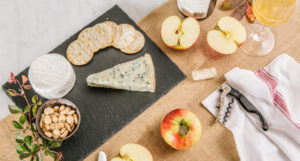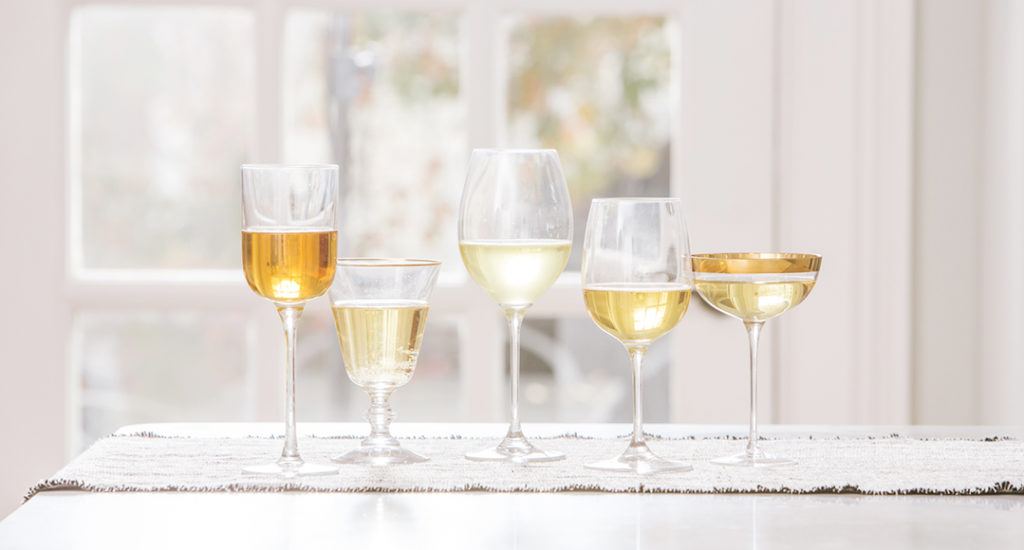Our easy cider tasting guide to appreciating fine heritage cider: how to sniff, sip and enjoy. Drink up!
So how do you taste a fine heritage cider? Well, tasting cider is a lot like tasting wine. It’s entertaining, instructive, and fun. Here are the essential tips to get the most from your cider.
Pick Your Glass
The first thing you’ll need for your cider tasting is a good glass. The right glass will let you see a cider’s true colors and concentrate all its enticing aromas. A nice white wine glass will be just the thing.
Look
Start by pouring an inch or two of cider, then take a good look at it. Is it clear? Is it cloudy? Ciders that have been bottle conditioned (i.e. they get their bubbles by finishing their fermenting in the bottle) or are unfiltered may be naturally a little cloudy. That’s just the residual yeast, which can add a little subtle flavor and body, too.
What about the color? It may range from light straw to deep amber. The color can often give you hints about what to expect from the flavor. A darker hue may be a sign of a higher tannin content and you might expect more structure or a bolder flavor.
See any bubbles? A sparkling cider will probably have a lot. In one that is pétillant the carbonation will be milder and more restrained. A bottle-conditioned cider will have small bubbles compared to one that has had carbon dioxide added in. (You can feel these differences on your tongue, as well.)
Sniff
Next, give the glass a swirl to release the cider’s aromas. Some ciders are very fragrant, some not so much. You might detect aromas of spice or white flowers or tropical fruit (all from the apple!).
Sip (At last!)
Now, take a good size sip and let the cider fill your mouth just a bit before you swallow. What you are hoping for is a pleasing balance between sweet and tart, with no flavor that seems jarring or out of place. When it comes to cider tasting, the flavor possibilities are endless: stone fruit like apricots, tropical fruit like mangos, citrus like grapefruit, herbs like fennel, spicy peppercorns, caramel, vanilla, minerals, smoke, and on and on.
Think about the Temperature
Lastly, realize that temperature can play a big part in a cider’s flavor and aroma. Check the bottle to see if the maker has suggested a serving temperature. Try it there and maybe a little warmer or cooler. Some flavors and aromas will disappear, and new ones show up as the temperature changes. Find the spot where the flavors are the most pleasing to you. There are no wrong answers. Everyone’s palate is a little different, so we can all experience different things. That’s part of the fun!
Now go pour, sip, & enjoy!







